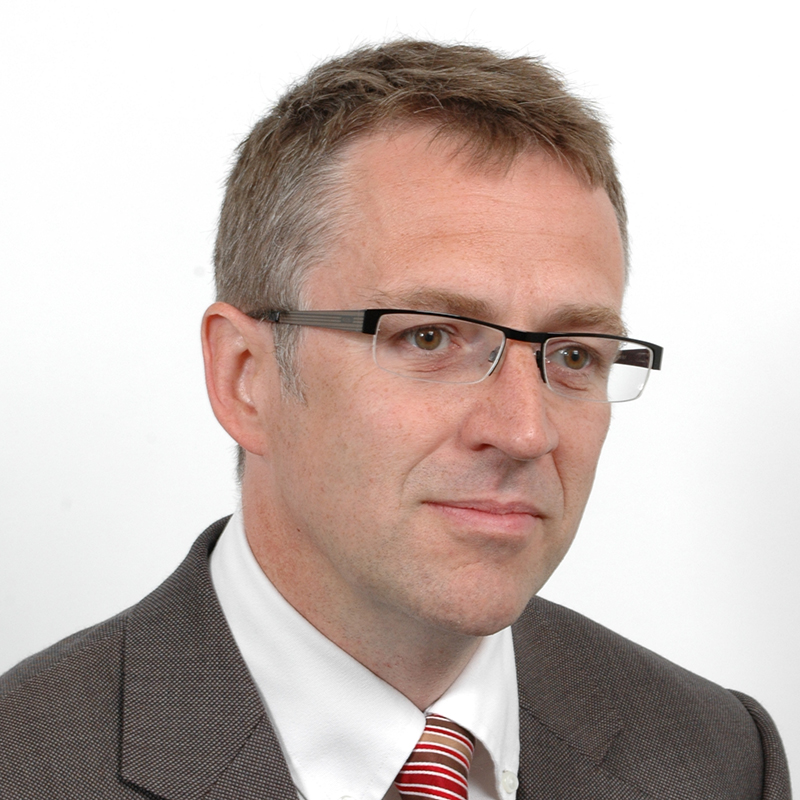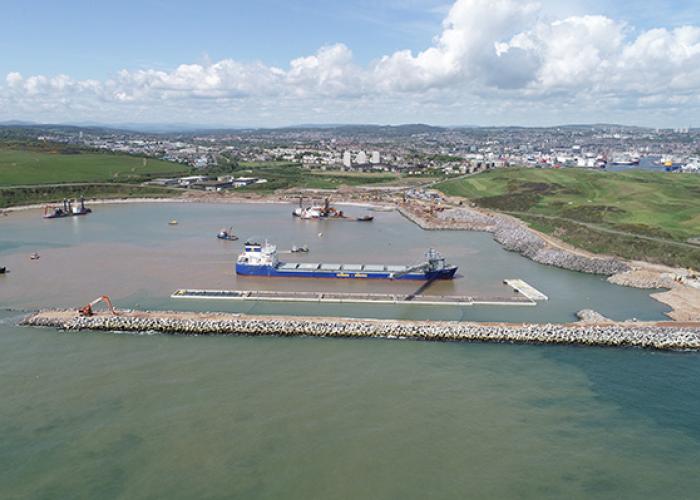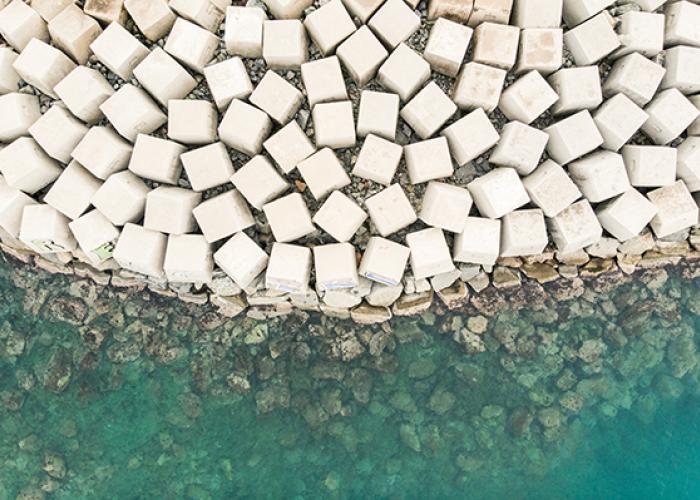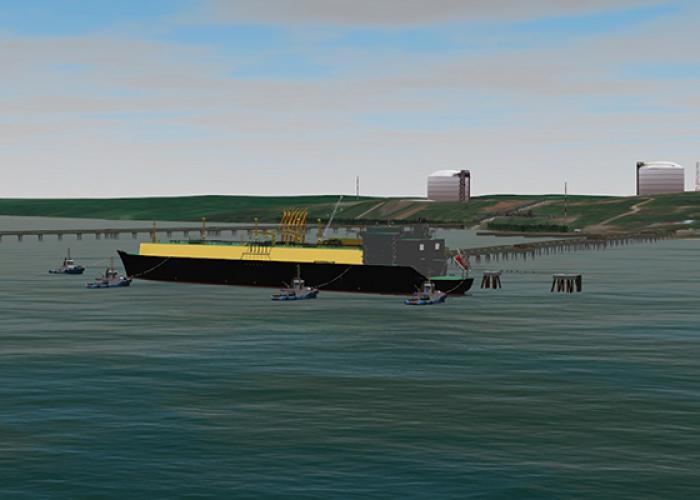Ian Cruickshank
Ian is our Director of Engineering and Delivery. A Fellow of the Institution of Civil Engineers, Ian has more than 30 years’ experience in planning, design and project management in maritime, coastal and river engineering. He joined HR Wallingford in 1997.
What is your background and area of specialisation?
I’m a civil engineer by background. I’ve always liked building things and I love water, so a career which involved putting all that together was probably inevitable. Professionally, the first thing I worked on from a design point of view was the Cardiff Bay Barrage, during which I visited HR Wallingford for the first time to see some physical modelling they were commissioned to do. But I also leant about the environmental aspects of projects and the importance of working with the natural environment. Once I joined HR Wallingford, I helped grow the engineering group from 2 people to around 25 before becoming a director. I love the complexity and range of the projects we are involved with the importance of sustainability and the natural environment, and I think that’s why I’ve stayed.
What does your job involve?
The work I’m involved in includes ports, harbours, specialist terminals (including LNG facilities), breakwaters, industrial intakes and outfalls, and commercial waterfront developments. As Director of Engineering it’s my job to bring together all the various specialities and often world experts to deliver the best solution for our clients. That includes master planning, feasibility studies, preliminary design, detailed design, FEED and EPC and at each stage of a project, integrating engineering requirements into the natural environment. Sometimes the job will involve asking the client ‘do you really need to build this, or is there a different way of approaching things?’ I also really enjoy my role developing our graduate staff, seeing them evolve into strong and powerful professionals.
Which projects have been most challenging?
I’d probably pick three: our development work on the expansion of Panama Canal to enable them to bring through ships almost half a kilometre long and fifty metres wide. The hydraulic challenges in filling and emptying three locks 427m x 55m x 18m deep in minutes with interconnecting pipes up to 5m in diameter, with water flowing at 5 or 6 m/s were really complex. The project was personally rewarding and the development process fed into improving our CFD models. Secondly, the expansion of Aberdeen Harbour, which we’ve been involved with right from inception through to construction. It’s involved just about every single group at HR Wallingford bringing all our skill sets together dealing with the challenging metocean conditions whilst ensuring ships could access the harbour. Thirdly, the project to develop Carlyon Bay in Cornwall, which has involved understanding of waves, sea level rise, sediment transport, numerical and physical modelling as well as a plethora of planning and architectural challenges. I enjoy providing sustainable waterfront destinations which meet the visual, environmental and commercial requirements, a whilst protecting the development from the extreme conditions.
One of the key things we do is ask: ‘is there another way?’ We don’t just come up with the conventional answer.
What do you enjoy about your work?
Clients tend come to HR Wallingford to solve complex multidisciplinary and difficult problems. I enjoy both the interdisciplinary aspects, as well as working on the quirky, challenging and interesting problems.
What do you think makes HR Wallingford unique?
Our people are exceptional; we have many world experts in their field. I’m really proud of the way we build teams here. We don’t always come up with the conventional answer to a problem, it’s more bespoke, and much more innovative, and we plough all our profits back into research so we can create even better solutions in future.
Going forward what do you anticipate will be the new opportunities for HR Wallingford?
I think there are two main threads, both related to climate change, firstly around adapting to the effects of sea level rise in a sustainable way, and secondly, coming up with future solutions which are different, and more sustainable than current solutions.
Want to know more?
Further information



